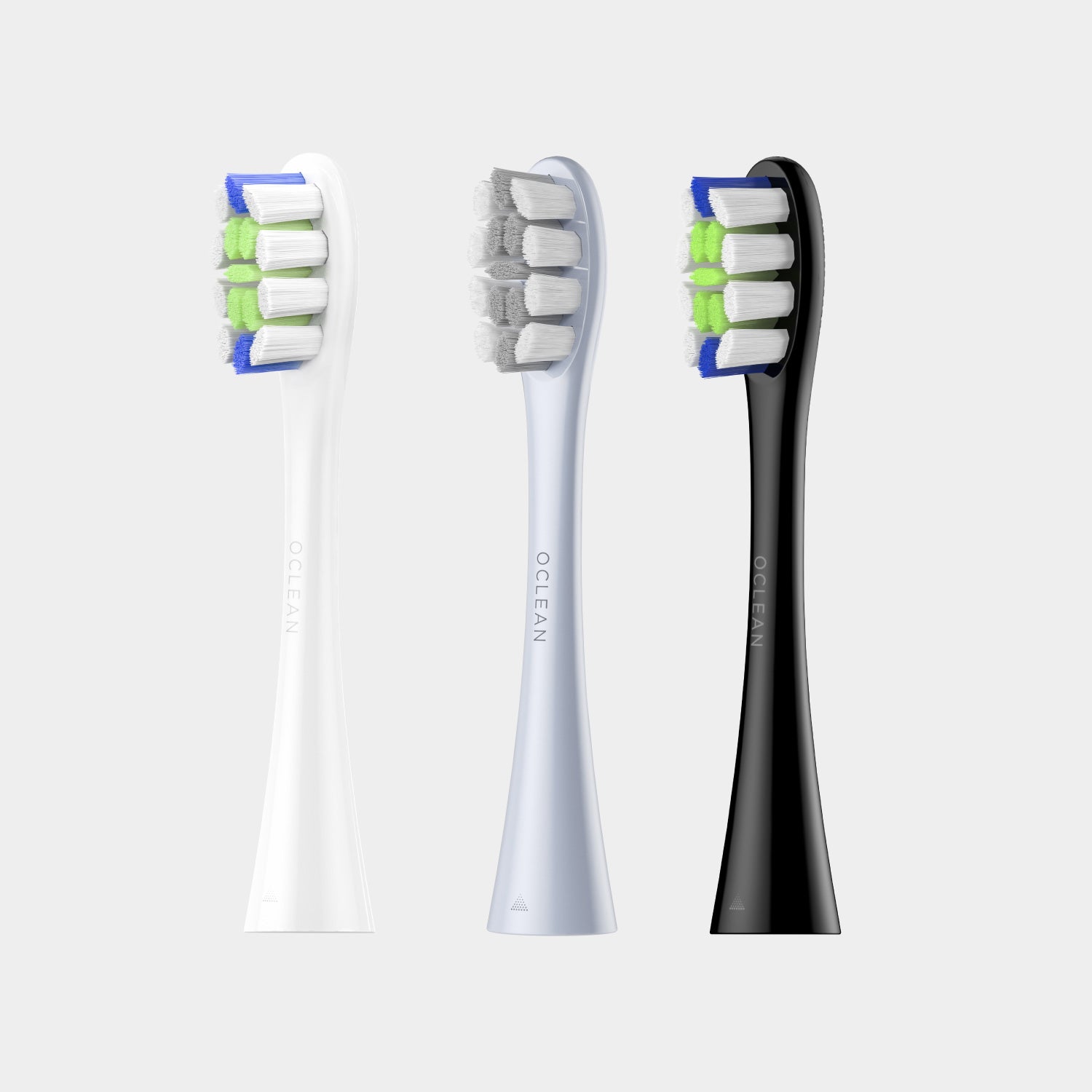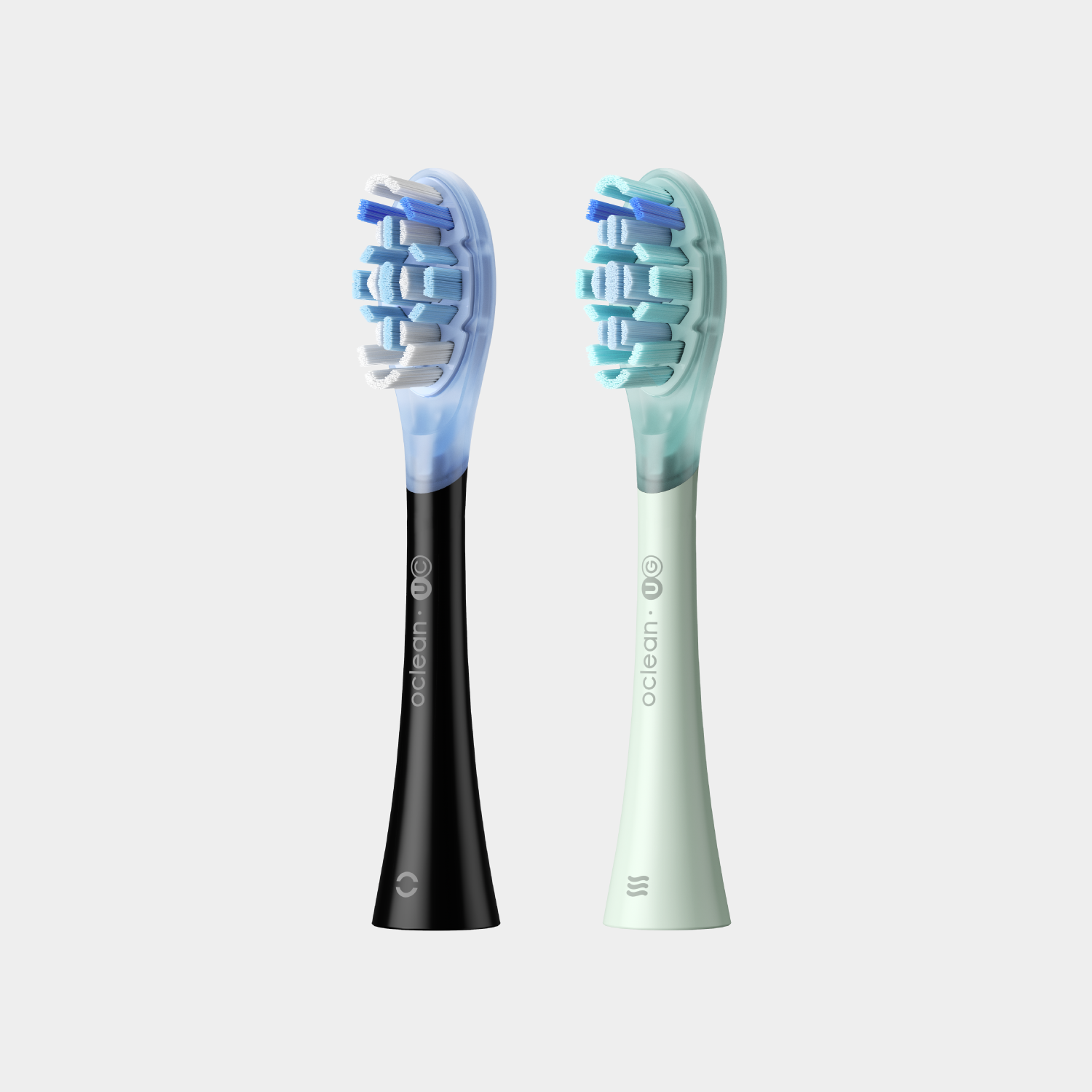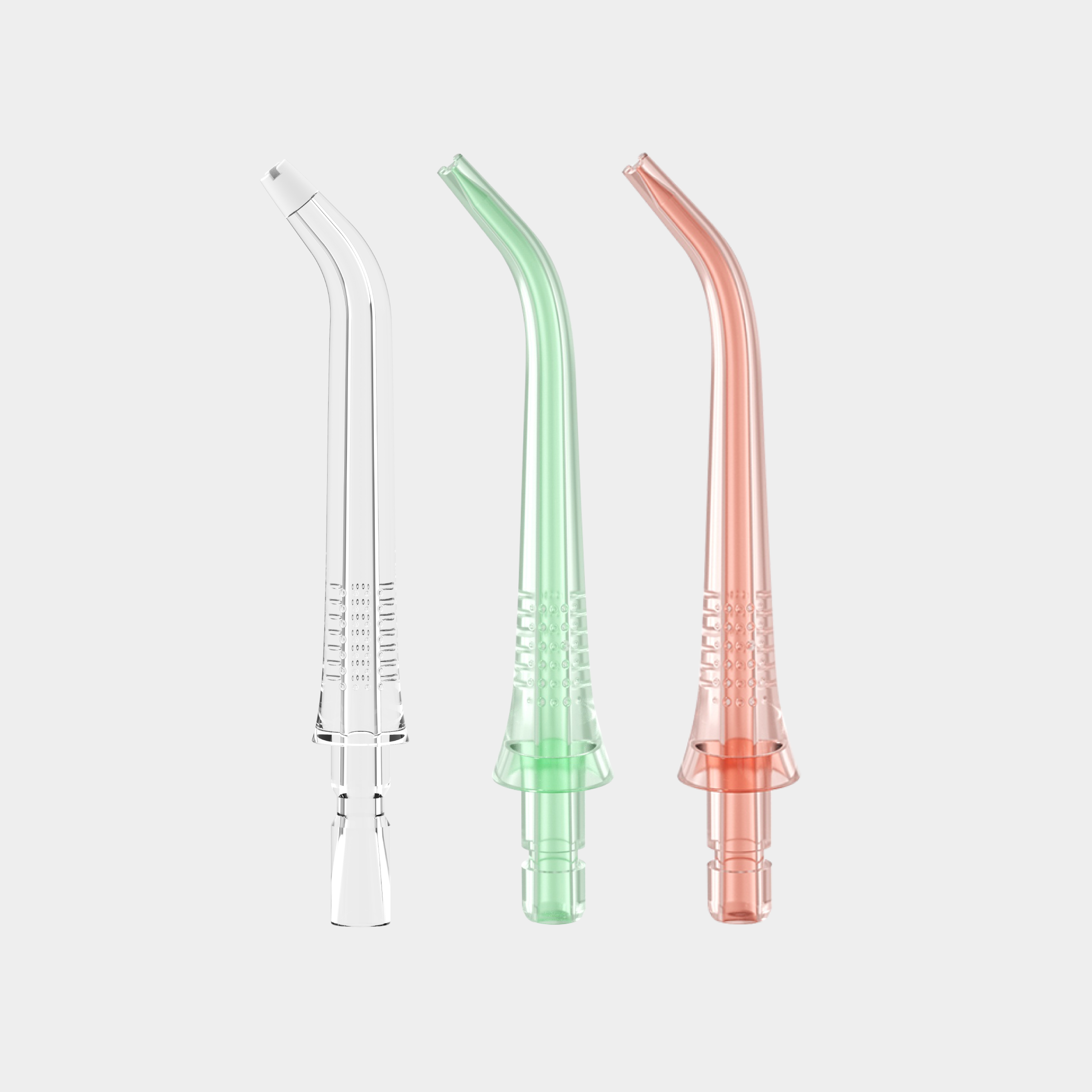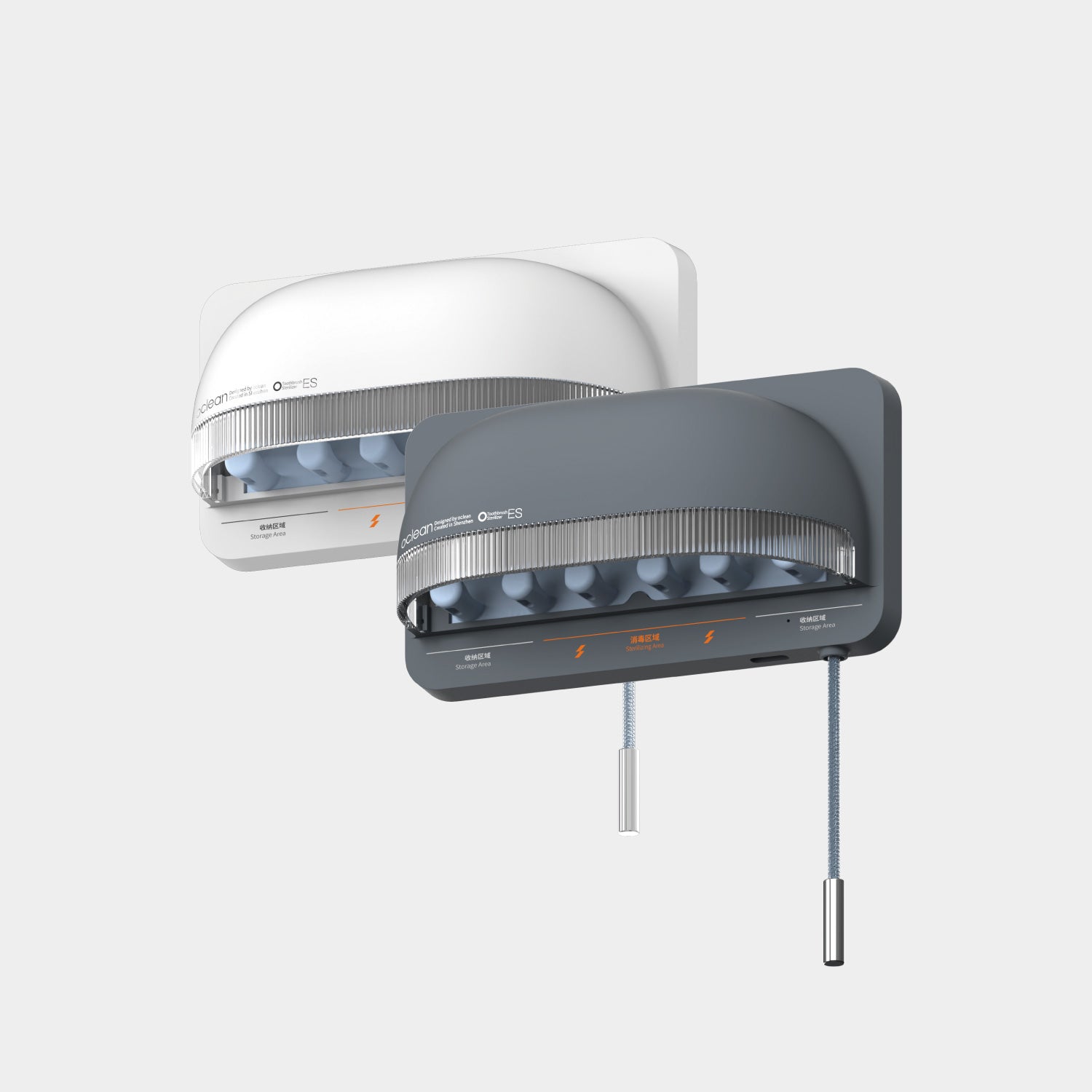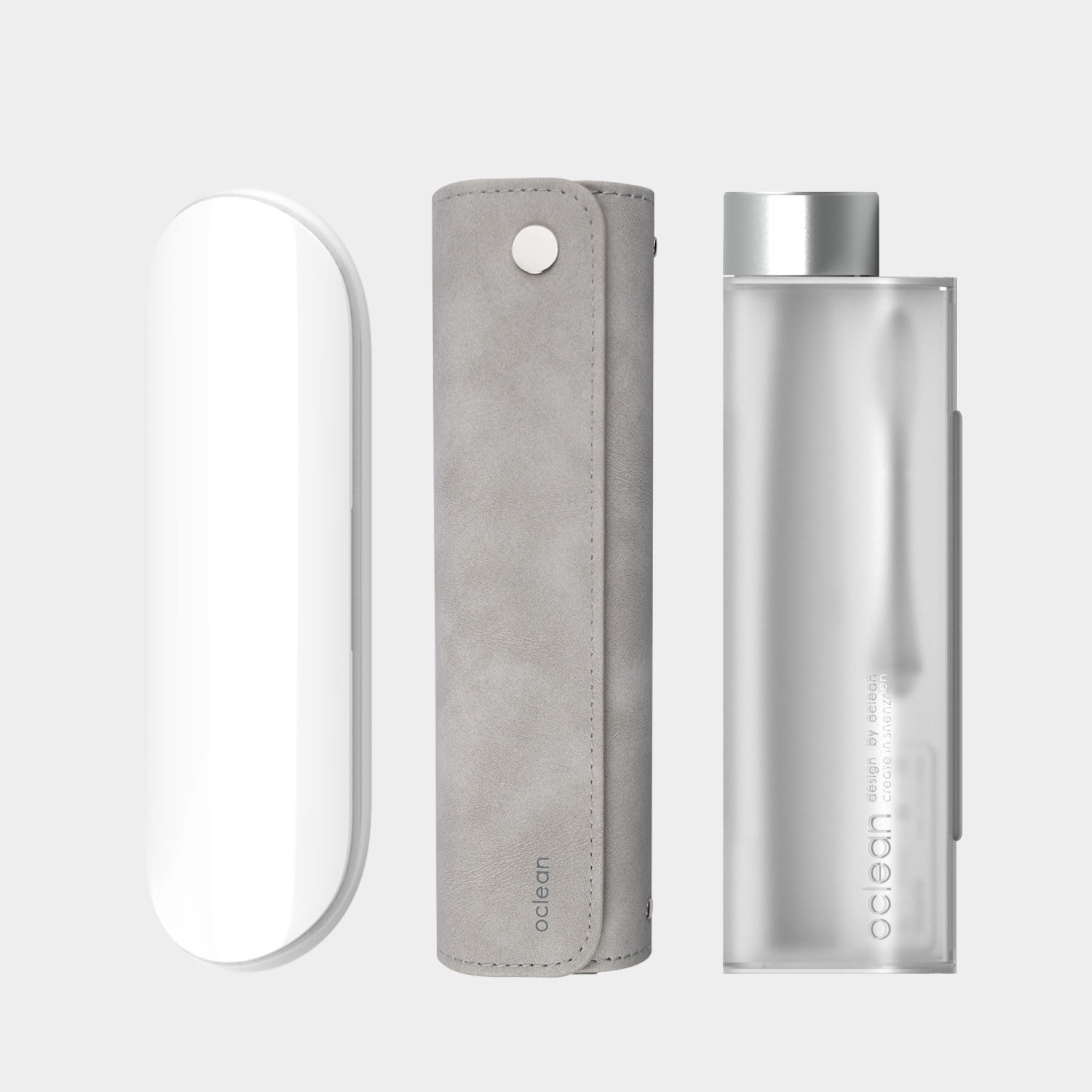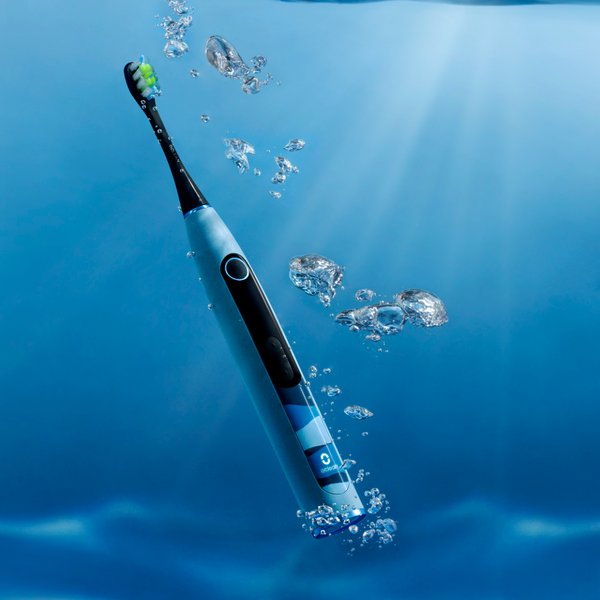What You Should Know About Taking Your Electric Toothbrush to the Shower
If you are late to work often, you probably have considered brushing your teeth while showering to save time in the morning. The only thing that seems to stop you is the thought of water damaging your beloved electric toothbrush.
Are electric toothbrushes waterproof? Can you safely shower while using an electric toothbrush without getting zapped? Let's explore all you need to know about the waterproof potential of our favorite oral hygiene tool.
What Does the Term "Waterproof" Mean?
According to the Cambridge Dictionary, an item is considered "waterproof" if it does not allow water to pass through it. This is in contrast to the term "water-resistant", which means the item is not entirely impervious to water. Both terms are often used interchangeably, resulting in potentially dire consequences.
The IPXX Waterproof Rating
When determining how waterproof a device is, experts evaluate the subject and assign an IPXX Waterproof Rating to it.
IP stands for "Ingress Protection". The "X" s are replaced by a number which denotes the score assigned to the product. The first "X" rated the product based on how well it protects against solid particles such as dust, and the second "X" rated the product based on how waterproof it is. If a number does not replace the "X", the amount of protection is unknown.
The following are interpretations of IPXX waterproof ratings:
IPX0: The product is not protected from water.
IPX1: The product can resist water that falls vertically onto it.
IPX2: The product can resist water that meets it at an angle of 15° or less.
IPX3: For this product, the bearable angle is increased to 60°.
IPX4: The product can resist water splashes from any direction.
IPX5: The product offers resistance against a low-pressure water stream.
IPX6: The product provides resistance against a high-pressure water stream.
IPX6K: The product offers resistance against extremely high-pressure water jets.
IPX7: The product can be immersed up to 1 meter in water for 30 minutes.
IPX8: The product can be submerged deeper than 1 meter. The manufacturer specifies the exact depth.
IPX9K: The product resists high-pressure, high-temperature sprays at close range. This is an exceptional case that is dictated by a different standard and is rarely used.
So, Are Electric Toothbrushes Waterproof?
Technically, according to the above definitions, smart toothbrush is not waterproof but rather water-resistant. These devices may be impervious to water to some extent, but eventually, water can seep through your device and potentially cause problems. This is why manufacturers do not recommend submerging powered toothbrushes in water for prolonged periods.
Can You Take An Electric Toothbrush To The Shower?
Oclean's electric toothbrushes have an IPX7-rated design, which allows you to submerge the product in water up to 1 meter as long as it is done for no longer than 30 minutes. This rating is even high enough to let you take the electric toothbrush to the shower. So yes, taking your electric toothbrush with you into the shower is not a bad idea if you are running short on time.
How to Clean Your Electric Toothbrush without Damaging It
Toothbrush holders can be one of the dirtiest spots in your bathroom if not cleaned routinely. These containers serve as a breeding ground for many troublesome bacteria and fungi, which can also colonize your toothbrush.
While manual toothbrushes have plastic coverings that can be immersed in hot water and wiped clean, electric toothbrushes can be severely damaged if treated this way.
The following are some simple steps to follow to disinfect your powered toothbrush properly:
Step 1: Unplug the device.
Step 2: Take a small bowl and mix 1 part bleach with 10 parts water. Alternatively, you can use hydrogen peroxide or mouthwash.
Step 3: Submerge the electric toothbrush head and place it in the solution for approximately 1 hour.
Step 4: Remove the head from the solution and rinse it with water to remove any residual solution.
Step 5: Wipe the head dry with a clean microfiber cloth.
Step 6: Mix a new solution.
Step 7: Instead of submerging the handle and base into the solution, use a cloth that is dampened with the mixture to wipe the handle.
Step 8: Set a hairdryer to a low setting and use it to dry the handle and base.
Step 9: Plug the device back in once it is fully dry.
You can additionally use a toothbrush sanitizer to reduce the number of germs that inhabit the surface of your electric toothbrush. Oclean's UV toothbrush sanitizer utilizes UV rays to zap microorganisms for a cleaner electric toothbrush surface.
Other Precautions You Should Take To Extend the Life of Your Electric Toothbrush
Apart from refraining from completely submerging your sonic electric toothbrush in water for prolonged periods, some other vital precautions include:
1. Refraining from keeping the device in a high-temperature environment. This can potentially damage the battery.
2. Preventing the device from dropping onto a hard surface.
3. Refraining from connecting the device to a faulty power outlet.
The Takeaway
According to this study, electric toothbrushes remove plaque from the surface of teeth more efficiently than manual toothbrushes. Because of this reason (and because let's face it, they are incredibly fun to use), these devices have increased in popularity since their inception. However, proper maintenance of your product is essential to enjoy all the benefits that it can potentially offer. With the IPX7-rated design of Oclean's electric toothbrushes, you do not need to worry about damaging your oral hygiene aid if it gets wet, and you can even safely shower while brushing your teeth with this practical toothbrush.
Related Readings:
Can You Bring an Electric Toothbrush on a Plane
How Many Calories Are in Toothpaste
What Happens if You Swallow Toothpaste
Are Charcoal Toothbrushes Safe



















































